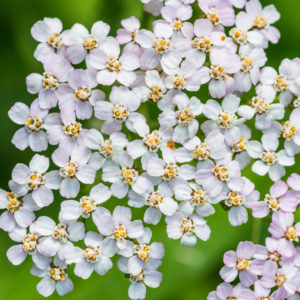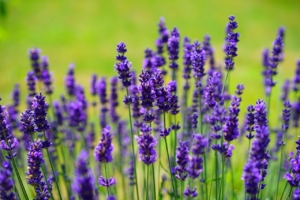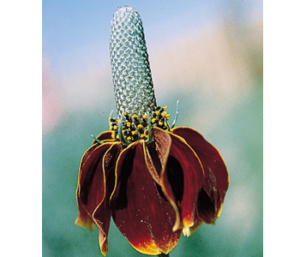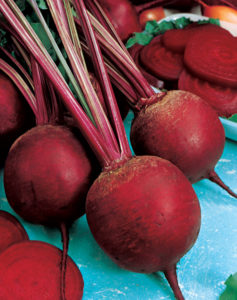My 10 Favorite Drought Tolerant Plants
Plants For a Tight Water Budget
By Heather Stone
Here in Colorado, our summers are often hot and dry and there’s often some sort of “watering restrictions” in place. Those two words can bring just about any gardener to their knees. But, you can still have a garden filled with beautiful flowers even if you’re on a tight water budget. In my Zone 5 garden, these plants perform well whether we have a temporary or longer-term drought situation.
Yarrow- Achillea
This long-blooming perennial comes in a rainbow of colors (pink, white, red, orange and yellow). The colorful blossoms are attractive to butterflies and make a good cut flower. Yarrow is hardy in Zones 3-9 and is best planted in full sun.
Lavender- Lavandula

Photo courtesy of Hans / pixabay
This native Mediterranean plant is accustomed to dry, sunny conditions. The beautiful purple flower spikes look great on their own or in the border. Lavender is prized for its fragrance and medicinal properties and is attractive to many pollinators. Hardy in Zones 5-10.
Sedum –Sedum spp.
There are many varieties of sedum from upright to low growing groundcovers. They are sure to fit in just about any garden design from the back of the border to the rock garden. These easy to grow plants need little care once established. Hardy in Zones 3-9.
Coneflower –Echinacea spp.
These beautiful, long blooming perennials are not only drought tolerant but will thrive in almost any soil and often self-sow. The blossoms are attractive to both butterflies and birds. The goldfinches love to eat the seed. There are several species and many varieties of this rugged plant with flowers in many shapes, sizes and colors. Don’t leave this trusty plant out of the drought-tolerant garden.
Soapwort- Saponaria spp.
A profusion of pink blooms covers this low growing plant for weeks in the spring attracting many bees and butterflies. This hardy evergreen plant grows best in Zones 3-8. Soapwort was used by the early settlers to make soap.
Mexican Hat- Ratibida columnifera
This sun-loving wildflower is both long-lived and long blooming and thrives in dry conditions. The dark red blossoms look great planted in masses, attracting many bees and butterflies. Mexican hat is both a great cut and dried flower. Hardy in Zones 4-8.

Veronica spp.
Covered in blue, purple, white or pink flowers for weeks in spring or mid-summer this long blooming perennial comes in a variety of sizes. Clump forming varieties look great along the edge of the garden or the groundcovers really make a statement in the spring when covered in a mass of blue flowers. Plant in full sun. Hardy to Zones 3-9.
Beardtongues- Penstemon spp.
Native to most parts of North America Penstemons are a great choice for the dry garden. Their flowers are attractive to many pollinators and come in a variety of colors, sizes, shapes and bloom times. Some excellent choices for the dry garden include Penstemon Mexicali, P. pinifolius, P. eatonii, P. strictus.
Catmint- Nepeta spp.
Catmint is a show stopper, blooming from early spring to early fall. The fragrant blue-purple flowers are attractive to many pollinators. This nearly indestructible plant is both deer and rabbit resistant and thrives in full sun in Zones 4-9.


